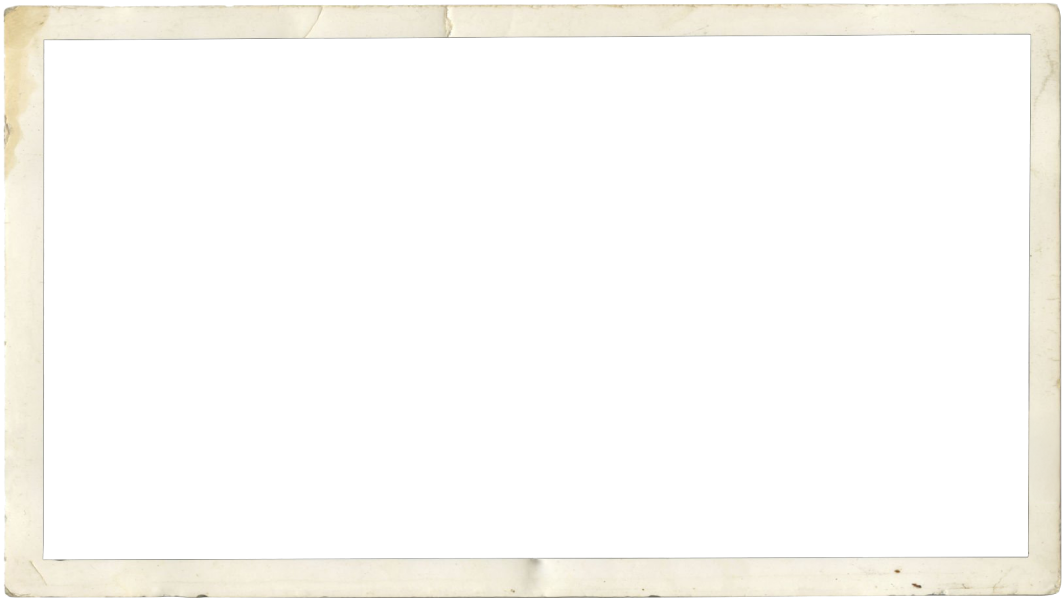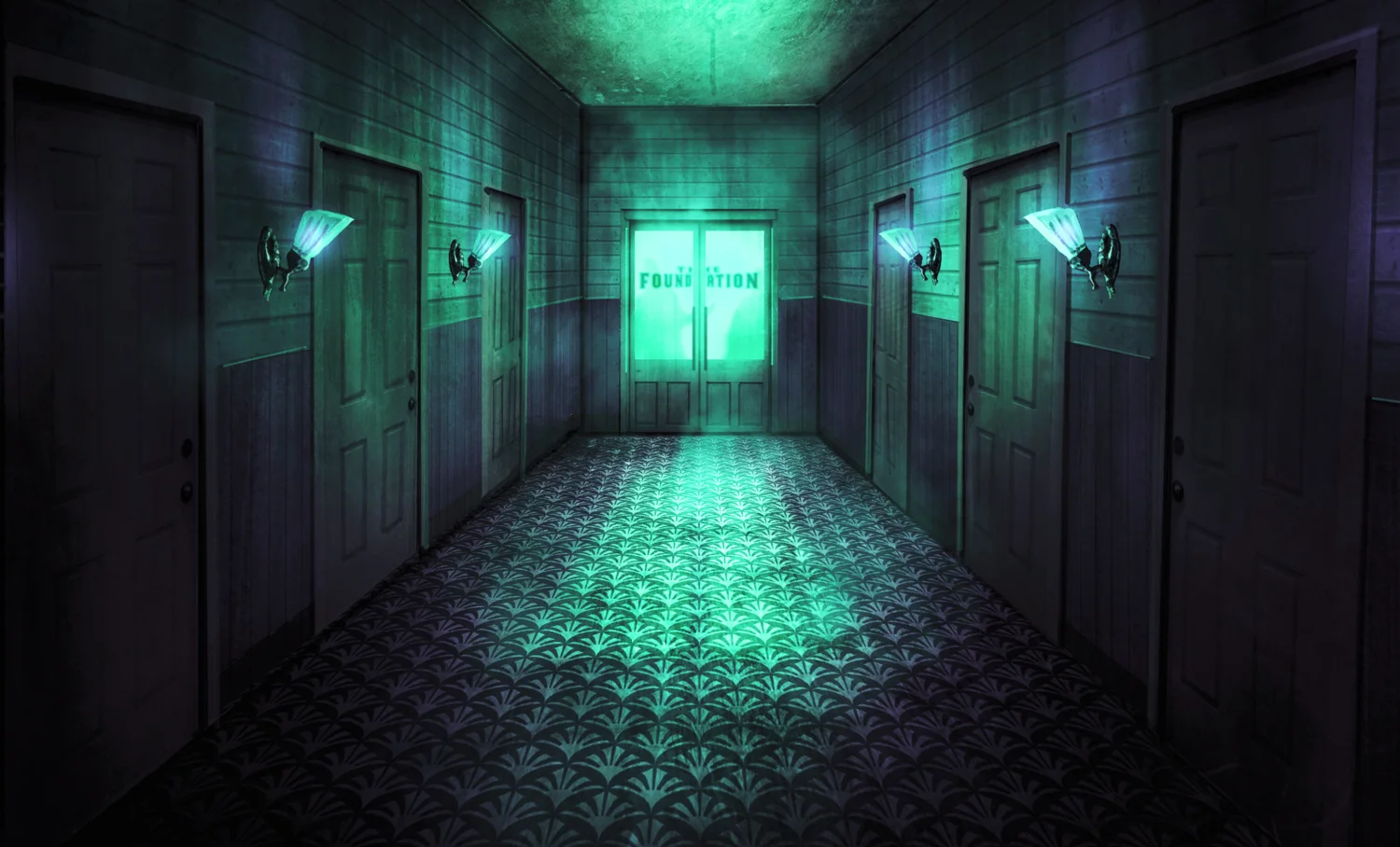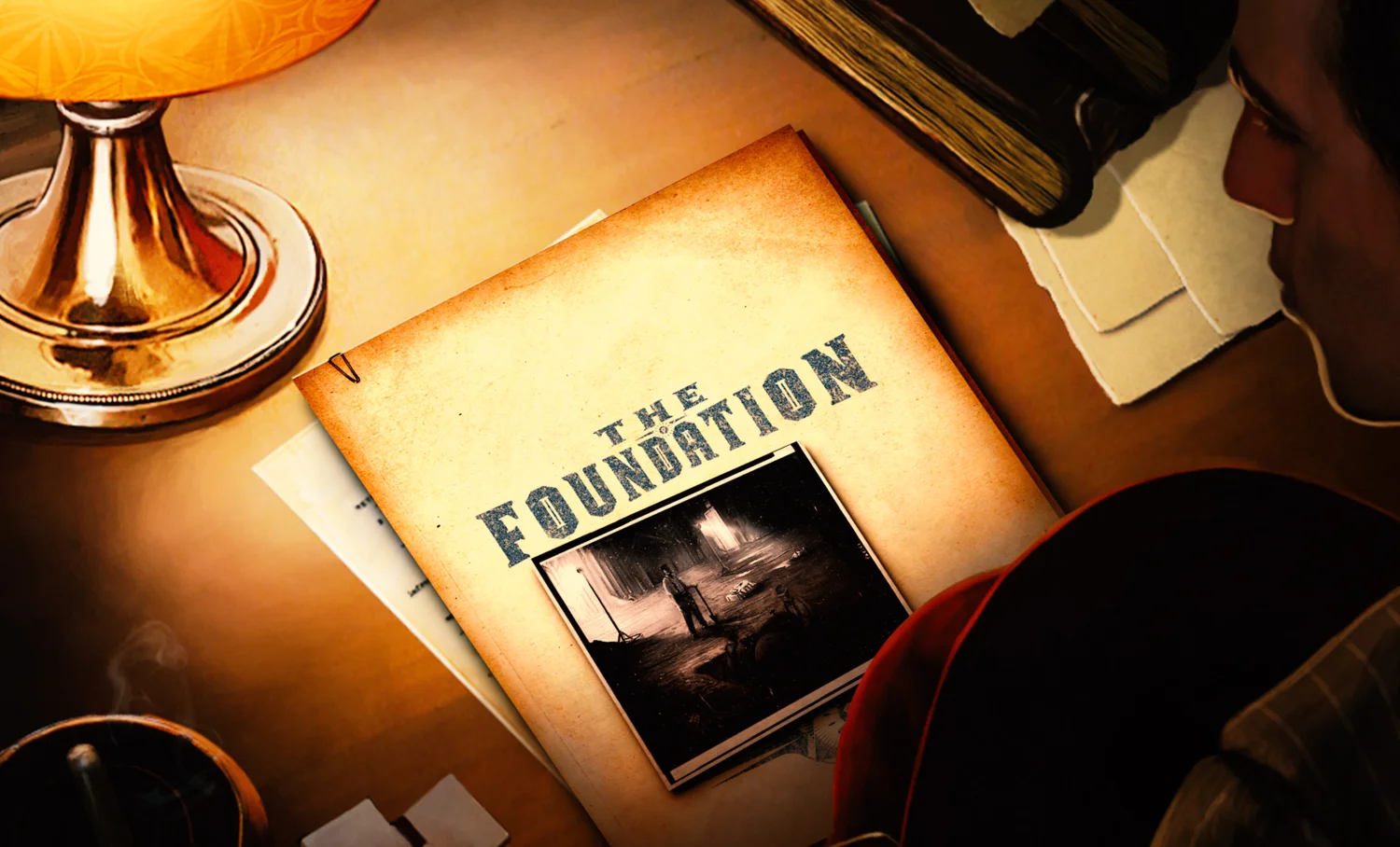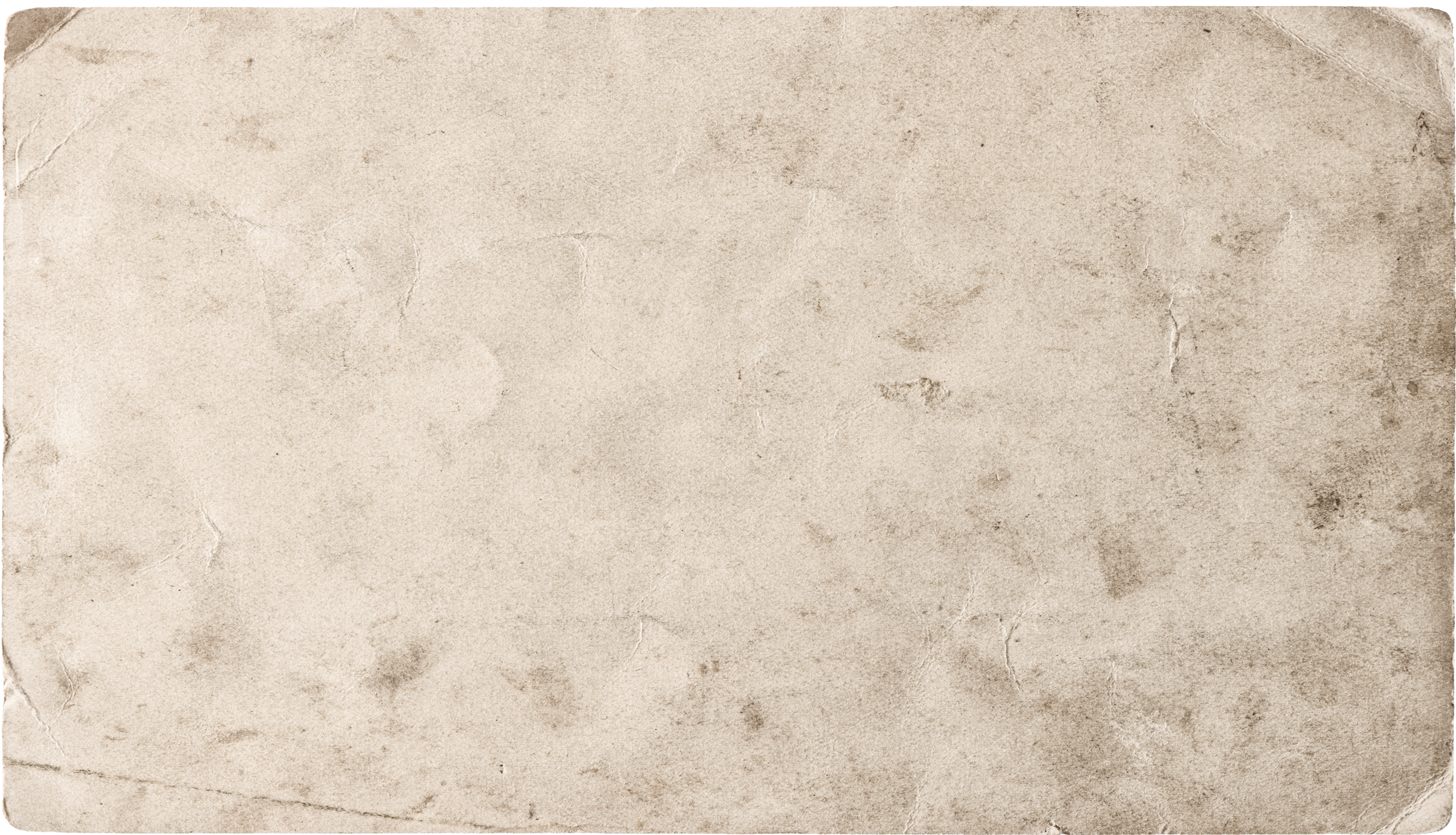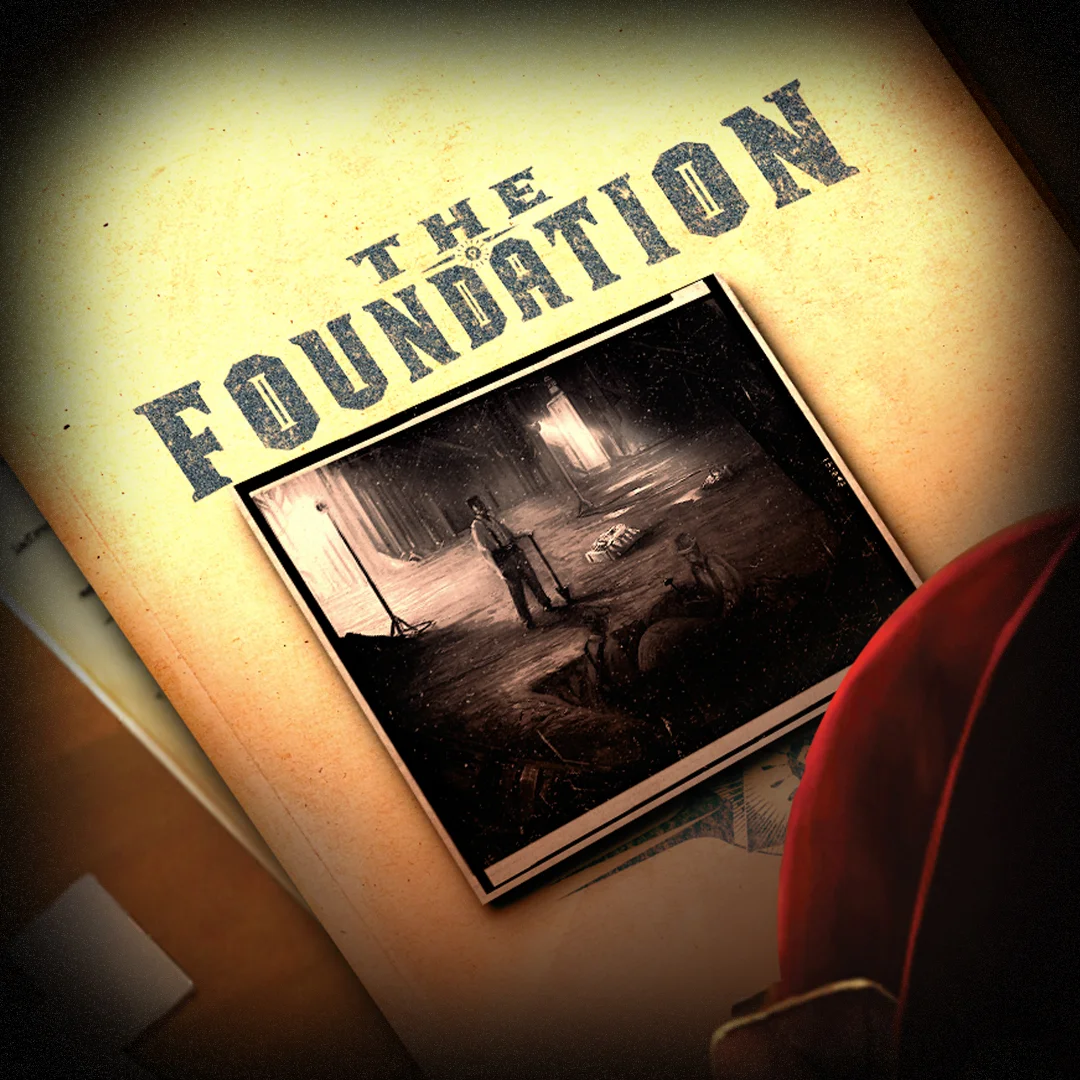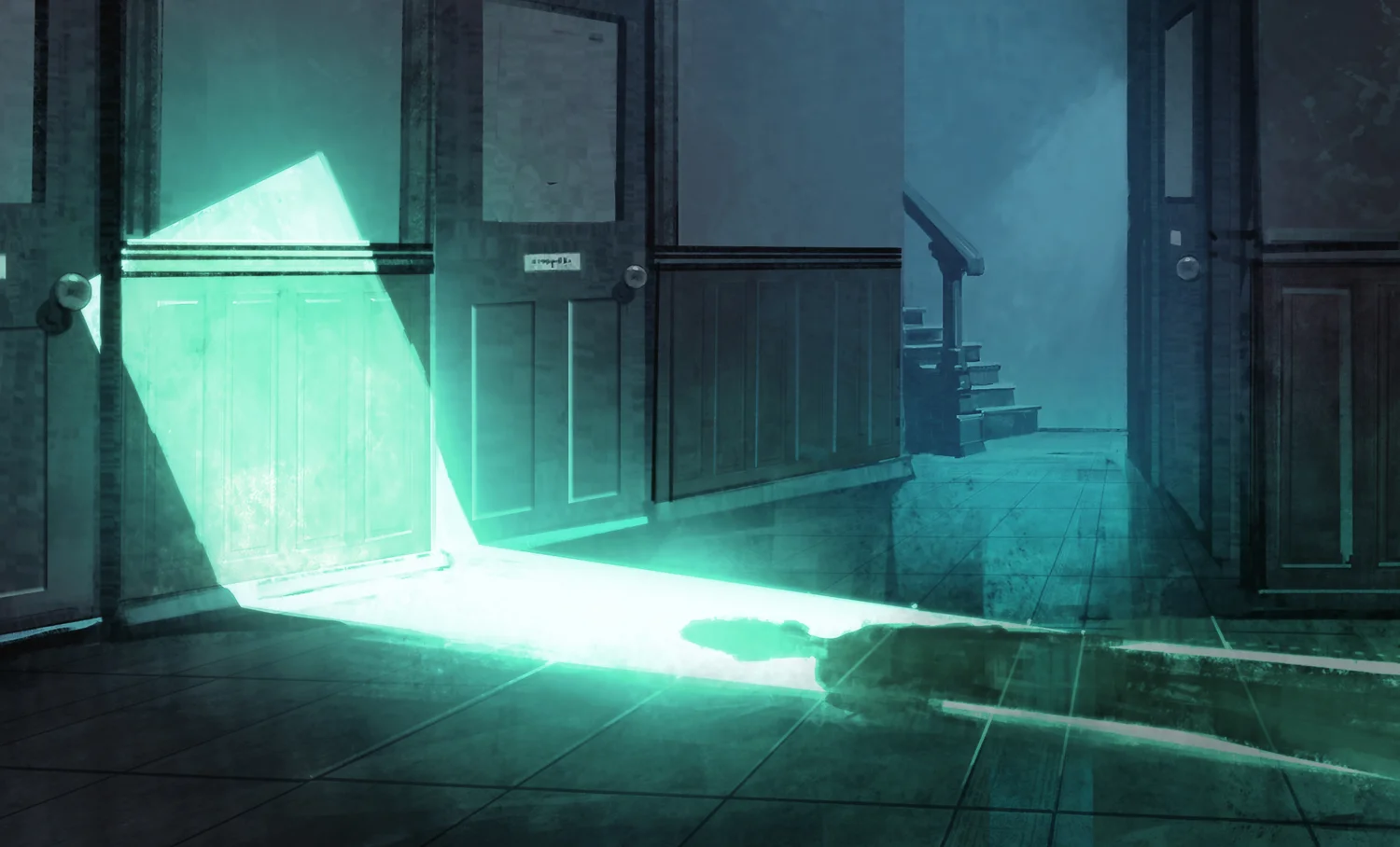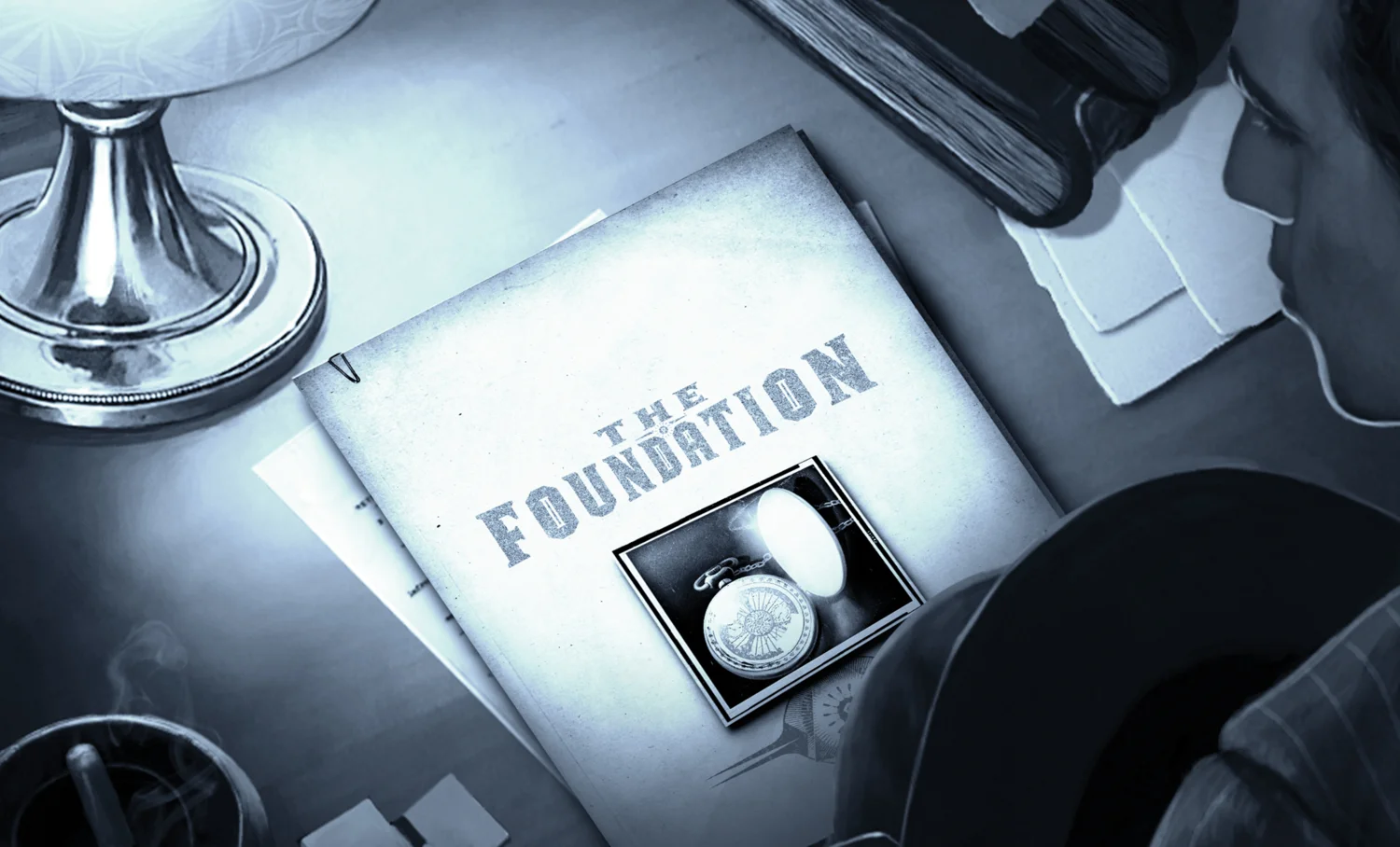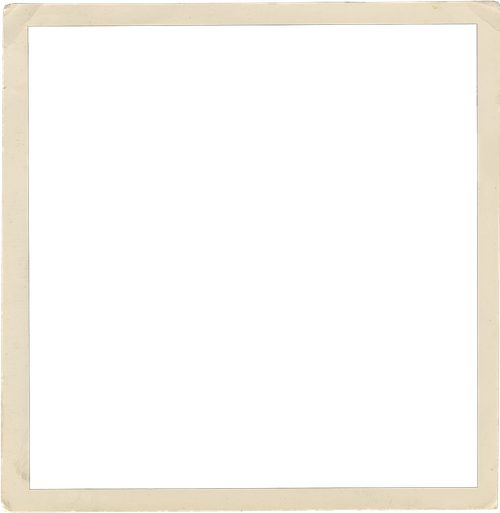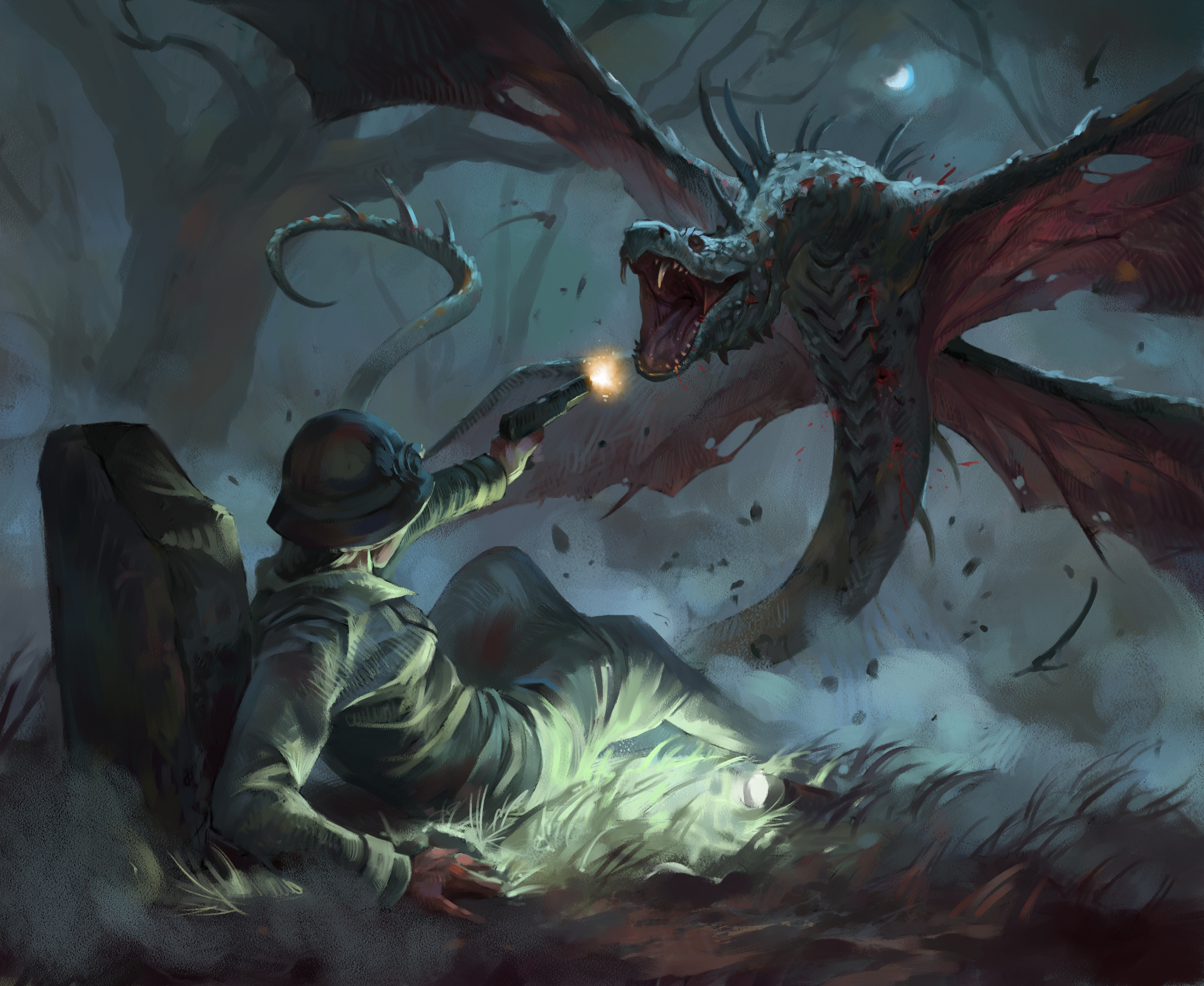The Foundation Files
Fluid Archaeology
Report No.: ANOM Fr347
Date: March 22, 192-
Submitted by: Field Agent Lacy Osborne
Category of Anomaly: Geographical
Type of Anomaly: Archaeological dig site
Location: Avigny, Dordogne, France (provisional)
Summary:
This agent’s attention was first drawn to the Avigny archaeological site by reports of unusual findings consisting of fragments of religious sculpture that are suspected to belong to one of the red-flagged eldritch mythologies. Thus far, no fragments have been large enough to be specifically identifiable, or to produce undue questions on the part of the archaeological team at the site. However, the risks of larger intact pieces being found hardly need to be spelled out. Furthermore, at least one participant in the dig reported unpleasant tactile qualities (cold to the touch, a sensation of slime).
Of greater concern is the nature of the site itself. While investigating recent news reports for signs of other relatable discoveries, this agent found multiple references linking to an archaeological dig in Tuscany, Italy. It, too, produced shards like the ones in Avigny. However, the similarities go much deeper than that. A few primary identical details are as follows:
- the depth and area of each site
- their positions at the base of a cliff
- the presence of streams running alongside both the eastern and western boundaries
- a twenty-two-degree slope
- three primary excavations, whose positions create an equilateral triangle with a north-facing apex
More congruent details may be appended to a subsequent report upon request. The most important point, though, is this: as far as this agent has been able to determine, there are no differences of any kind, apart from geographical location, between the two sites.
Further investigation revealed that the Italian site has vanished, seemingly buried beneath a rockslide and sudden subsidence. Its disappearance appears to coincide precisely with the first work reports at the Avigny location. It is the opinion of this agent that the two sites are not merely identical in every respect, but are in fact the same site, one that has shifted location.
The evidence supporting the so-called unknown prior archaeological excavation at the Avigny site has been attributed to the activities of children and wild animals. The anomalous nature of the site does not appear to have been noticed by the locals. It is, as it was in Italy, regarded as a site of minor archaeological interest. However, this agent wants to be clear: the archaeological excavations that occurred on the grounds in Italy have transferred when the site somehow moved to Avigny. The conclusions, and implications of this, are monumental, even if it has gone unnoticed so far.
An interest by the archaeological community could change if any intact artifacts are discovered. Also, if this evaluation of the anomalous nature of the site is correct, and if it shifts location again, to more noticeable effect, then we will be faced with an event producing considerable, and undesirable, public awareness.
There are other concerns. The site is beginning to develop an unpleasant reputation among the members of the archaeological team now working there. There have been complaints that the ground is slippery even when dry, as if the stones had an oily slick. The air is thick, hard to breathe, and filled with biting insects even though the surrounding region is experiencing a cool, dry spring.
Anxiety, nightmares and illness are on the rise among the dig members. There have been numerous injuries, sustained in improbable accidents: ankles fractured while kneeling, arms sliced open with the slip of a trowel, concussions after pitching forward onto the ground for no visible reason.
One member, Professor Jean-Pierre Mirbeau, has complained about whispers at night. He is ill with malaria-like symptoms and his colleagues have attributed his fears to delirium brought on by high fever. Should anyone else begin to hear the same thing, however, that rationalization will swiftly crumble.
Further underscoring the need for urgent action is the fog that has rolled in during the last twenty-four hours. It has made perceptions around the site even more uncertain and is so thick beyond the dig that it has all but cut off connections with the outside world.
Recommendations:
The site should be taken over by Foundation personnel with immediate effect. Based on the current archaeological team’s level of morale there will be little resistance, and most likely relief, at the prospect of turning the work over to another group.
The full extent of the site, in terms of area and depth, must be determined. Agents with high levels of psychic receptivity and dowsing abilities should be tasked with this work.
The archeological activity should continue, but under our control and with publicity first minimized and then eliminated.
There should be a concerted effort made to determine if there are, in fact, any intact artifacts.
Further research is needed to determine if this site has previously appeared in other locations. If it has, it may be possible to determine a pattern to its movements and thus permit its early detection in a new location should it disappear from the current one.
Lacey Osborne
From: The Desk of the Director, The Foundation
Re: Report No. ANOM Fr347
All recommendations by Agent Osborne to be implemented at once.
Further instructions:
- The search for artifacts must be intensive, and will be limited to a duration of no more than two (2) weeks;
- All artifacts to be sent to the Paris bureau of the Foundation;
- If, after the two-week period, there have been no finds of significance, the site is to be destroyed before it can move again;
- Demolition by dynamite is a first step;
- The ground should also be neutralized with relevant sigils, concealed from possible detection by the public.
- Agent Osborne is to oversee operations at the site until further notice.
Qiana Taylor, Director
by David Annandale
